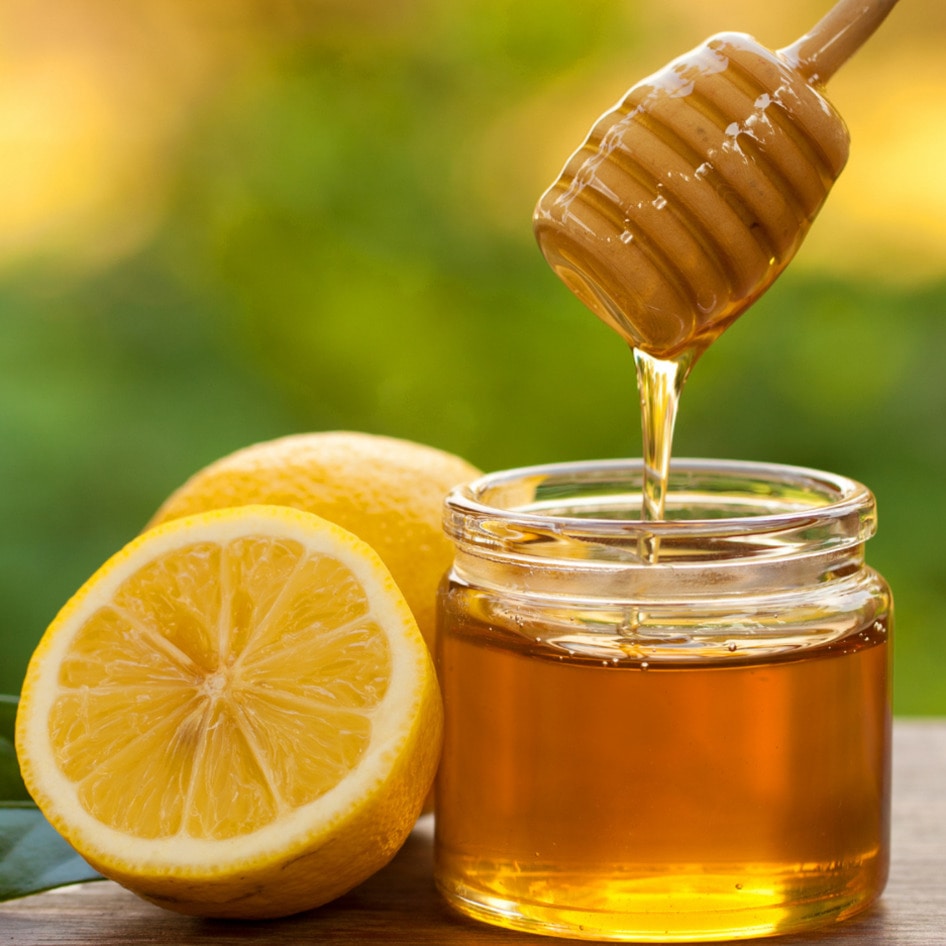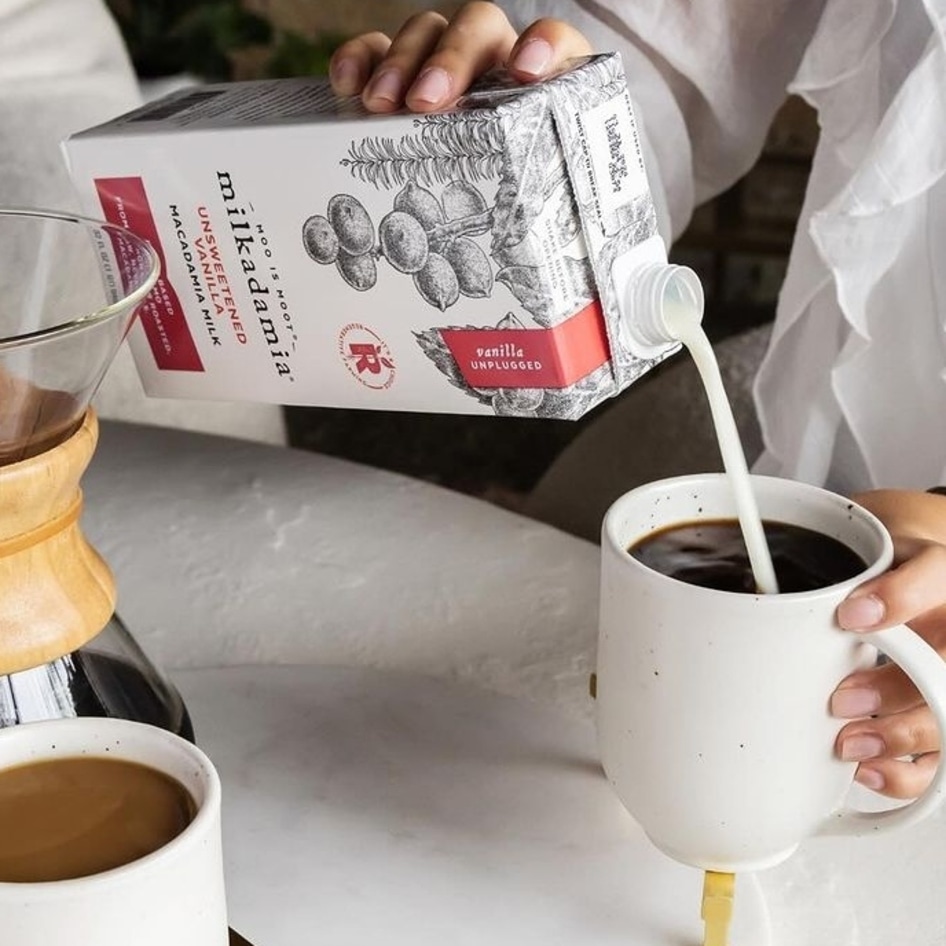All About Hemp
A source of paper, milk, and clothing, this ancient plant is much more than a hippie staple.
May 8, 2011
The second annual Hemp History Week might have just ended, but we couldn’t help but focus on this versatile and misunderstood plant for a bit longer. A member of the Cannabaceae family, hemp can help make anything from T-shirts to ice cream bars, and so much more.
A Little History
Hemp, or Cannabis sativa, is a member of the Cannabaceae family, related to hops and hackberry trees. When most people think of hemp, they might think of the psychoactive drug marijuana, but there are two separate strains—hallucinogenic hemp (which contains the psychoactive chemical tetrahydrocannabinol, or THC), and industrial hemp, which contains less than one percent of THC. Humans have been cultivating the plant for more than 10,000 years—in fact, one of the oldest pieces of evidence of human existence is a piece of hemp fabric that was determined to be from around 8,000 BC. Today, countries throughout the world grow and harvest the plant for everything from paper to cereal.
A Bad Name
Hemp was a part of United States history before the country even existed. The Puritans brought the plant to New England in the 17th century as a fabric source, and by colonial times, farms in Virginia were required to grow the crop. In fact, Thomas Jefferson drafted the Declaration of Independence on hemp paper. It was in 1937, with the passage of the Marihuana Tax Act, that the growing of industrial or hallucinogenic hemp (the Drug Enforcement Administration considers both types of Cannabis sativa marijuana) was essentially banned in the US. During WWII, the plant was grown again as a replacement for abaca and jute, but soon after the war, restrictions were reinstated. Today, the United States is the only industrialized nation in the world that does not produce industrial hemp—almost all of the plant used in the US is imported. Seventy years later, many Americans—even lawmakers—are trying to legalize industrial hemp. As a part of this year’s Hemp History Week, Representative Ron Paul submitted a statement in the official Congressional Record supporting the use of industrial hemp, and plans to reintroduce the Industrial Hemp Farming Act later this year.
A Million Ways
Hemp, by all intents and purposes, is nothing short of a wonder plant. Acre-for-acre, it can produce four times the amount of fiber of an average wood forest, and can re-grow itself even faster—the time from seed to harvest is approximately 120 days without need of herbicides or pesticides. The plant is also a nutritional powerhouse, providing omega-3 and omega-6 fatty acids, vitamins and minerals such as vitamin E and iron, and is a complete protein. Paper, oil, bread, milk, salad dressings, purses, clothing, waffles, ice cream, even building materials can be made from hemp. According to the Hemp Industries Association, hemp products are one of the fastest-growing natural products in the United States, with estimated sales of $400 million in 2010.
Hemp has come a long way from colonial farms and hippie communes. While it still cannot be grown legally in the United States, you can enjoy its many benefits with the ever-growing range of hemp products on store shelves.
JUMP TO ... Latest News | Recipes | Guides | Health | Shop







